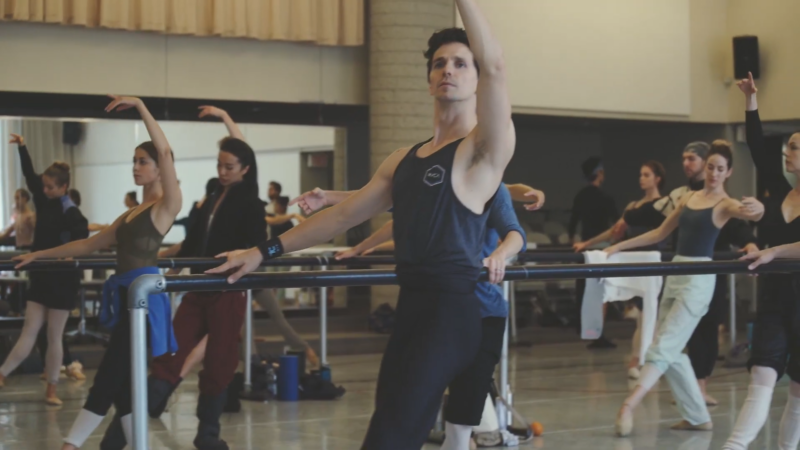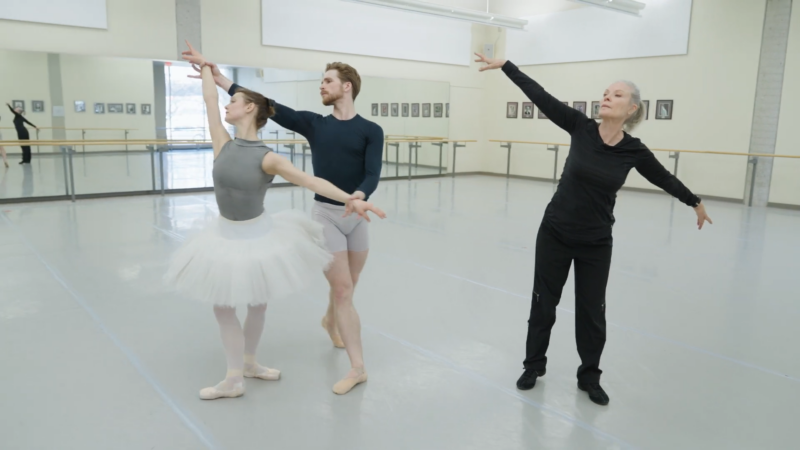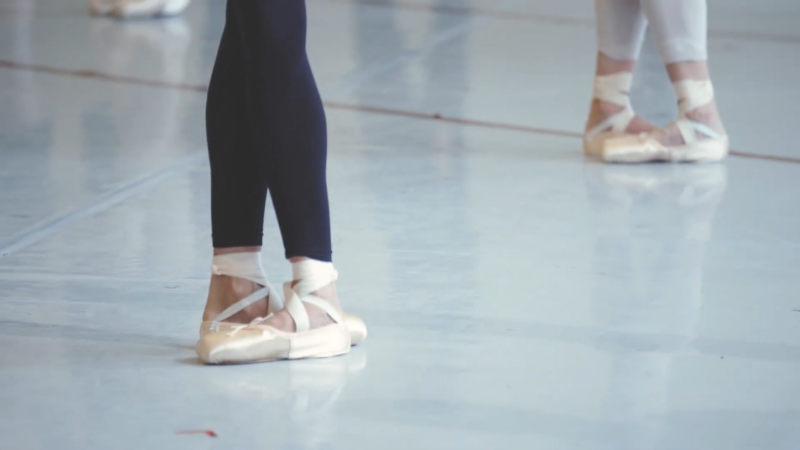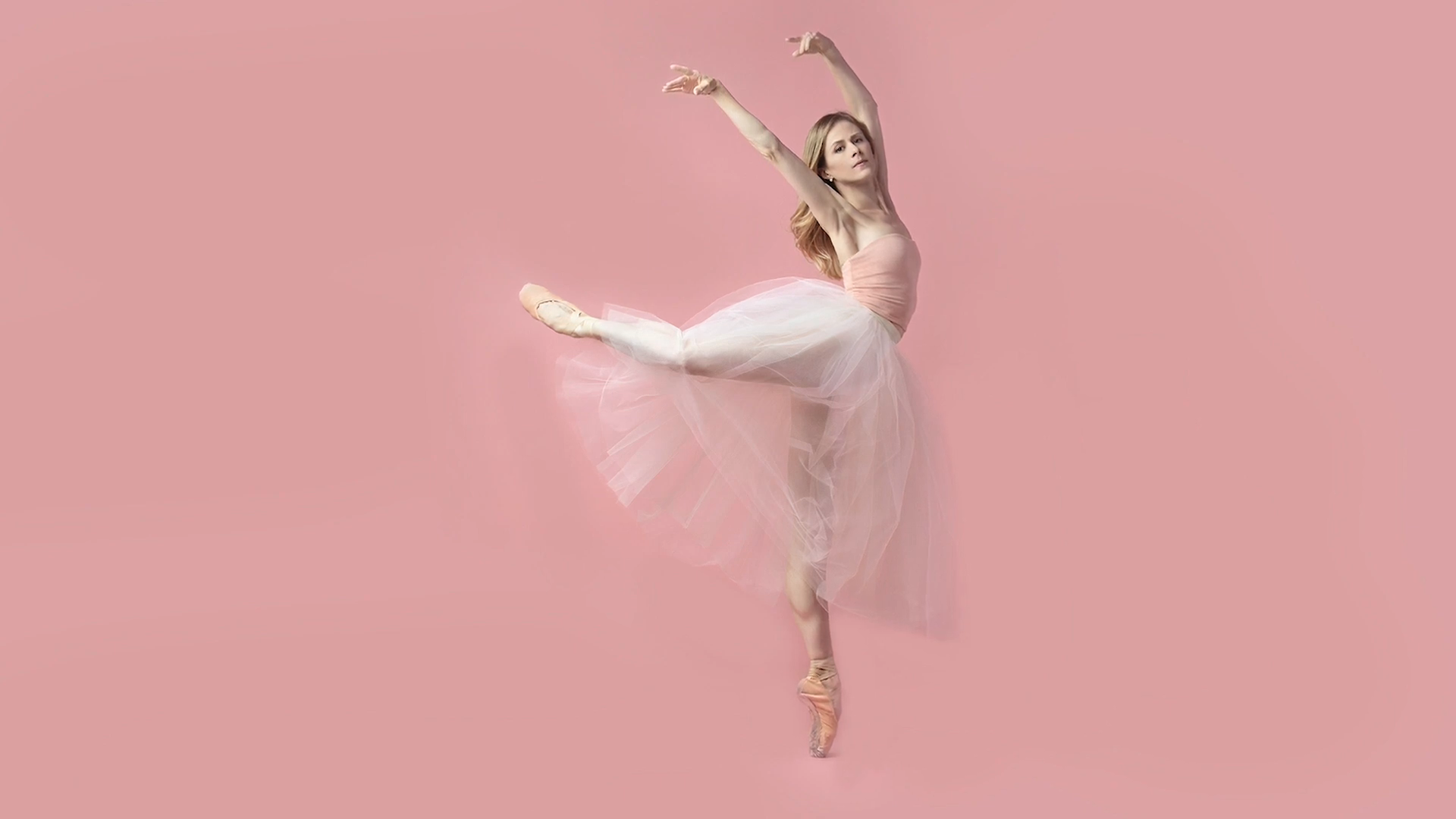I’ve been there—twirling around in my living room as a kid, pretending I was leading a class.
Now, years later, I’ve made it happen, and I’m here to share how you can become a certified dance instructor in Canada.
It’s not as intimidating as it might sound, and I promise I’ll keep it real with you. No fancy jargon, just my story and some practical tips to get you moving toward that goal.
Why I Wanted to Teach Dance

I’ve always loved dance. It’s been my escape, my joy, and honestly, my therapy on rough days. But teaching?
That idea hit me later. I remember watching my old ballet teacher adjust someone’s posture with such care—it clicked.
I wanted to be that person, helping others find their rhythm. If you’re anything like me, you might feel that pull too.
Maybe you’ve got a favorite style—jazz, hip-hop, ballroom—and you can’t wait to pass it on.
Teaching dance in Canada is a cool way to turn that love into a career, and getting certified is the first big step.
Figuring Out What You Need
So, where do you start? I’ll be honest, when I began, I had no clue what “certified” even meant here. Canada doesn’t have one strict rulebook for dance instructors, which is both awesome and a bit confusing.
It’s not like becoming a doctor with a million exams. Instead, it depends on where you want to teach—private studios, schools, or maybe a community center. Each spot has its vibe and expectations.
For me, I started by asking myself what I wanted. Did I see myself teaching tiny tots in tutus or adults looking to salsa on date night? Knowing that helped me narrow things down.
If you’re aiming for public schools, you’ll likely need a teaching degree plus some dance creds. Private studios, though?
They’re often more flexible—certification from a solid dance organization can do the trick. I went the studio route, and it’s been a blast.
Picking Your Dance Style
One thing I learned quickly: you’ve got to know your style. I’m a ballet nerd at heart, but I’ve dabbled in tap and contemporary too.
Canada’s got a rich dance scene—think ballet in Toronto, hip-hop in Vancouver, or even cultural dances like Métis jigging out west. What’s your jam? Knowing it will guide you to the right certification.
Don’t feel stuck picking just one, though. I started with ballet, then added jazz later.
Some programs let you certify in multiple styles, which is handy if you’re like me and can’t choose between pointe shoes and funky beats. Just start with what lights you up most—you can always grow from there.
Finding the Right Certification Program
Okay, here’s where I had to do some homework. Canada has a bunch of options for getting certified, and they’re all a little different. I’ll break down a few I looked into, so you can see what might fit you.
Canadian Dance Teachers’ Association (CDTA)
View this post on Instagram
I stumbled across the CDTA early on. They’ve been around forever—since 1949—and cover styles like ballet, tap, jazz, and more.
I liked that they’re national, with branches everywhere from B.C. to the Atlantic provinces. Their programs are legit, and they’ve got a mix of exams and practical teaching stuff.
It felt like a good fit for someone serious about teaching long-term. I went to one of their info sessions in Toronto, and the vibe was so welcoming—teachers sharing stories over coffee. If you’re into structure and community, CDTA might be your thing.
Royal Academy of Dance (RAD)
Then there’s RAD, which is huge for ballet lovers like me. It’s based in the U.K., but Canada’s got a strong RAD scene.
Their teaching programs are intense—in a good way. You learn technique, pedagogy (fancy word for how to teach), and even some anatomy.
I met an RAD teacher at a workshop once, and she swore it gave her confidence to teach anywhere. It’s a bit pricier, and you’ll need some dance experience already, but if ballet’s your world, it’s gold.
Performing Arts Educators of Canada (PAEC)

PAEC was another one I checked out. They’re newer but growing fast, offering certifications in ballet, jazz, tap, and even acro.
What caught my eye? Their focus on hands-on training. You don’t just study—you teach real classes and get feedback.
I did their two-day course in Ottawa, and it was exhausting but amazing. By the end, I had a certificate and felt ready to lead a room.
Other Options
There’s more out there too—Acrobatic Arts for acro fans, or even online programs like the National Dance Education Organization’s Certificate in Dance Education.
I leaned toward in-person stuff because I’m a people person, but if you’re juggling a busy life, online could work. Just make sure whatever you pick matches your goals and style.
Getting Some Experience First

Here’s a tip I wish I’d known sooner: experience matters. Before I got certified, I was nervous about teaching.
What if I froze up? So, I started small—helping out at my local studio. I’d assist with warm-ups or spot kids doing cartwheels. It wasn’t glamorous, but it built my confidence.
You could do the same. Volunteer at a rec center, shadow a teacher, or even sub for a class. I once covered a friend’s hip-hop session, and though I stumbled through the first ten minutes, the kids didn’t care—they just wanted to move.
That’s when I realized teaching is less about perfection and more about connecting. Programs like PAEC or RAD often want you to have some background anyway, so dipping your toes in early pays off.
The Nitty-Gritty of Certification
Once you’ve got a program in mind, what’s next? For me, it was a mix of studying and sweating. CDTA had me take written exams on technique and history—dry stuff, but useful.
Then came the practical part: teaching a mock class while an examiner watched. My knees were shaking, but I survived!
RAD’s process was similar—lots of prep, then a big assessment. PAEC was more hands-on from the jump, with less bookwork. Most programs cost a few hundred bucks, plus membership fees afterward.
I shelled out about $500 for PAEC, including the course and manual, but it felt worth it when I got that certificate. Check if your program includes extras like insurance discounts or job boards—CDTA and RAD do, which is clutch for gigs.
Oh, and timing? It varies. PAEC took a weekend, while RAD stretched over months. I liked the quick win with PAEC, but slower paces might suit you if you’re balancing work or family.
Making It Official in Schools (If That’s Your Thing)
Discover key insights from our Focus on Teaching survey. Learn about the diverse backgrounds and experiences of Ontario Certified Teachers, their career paths, and their dedication to the profession: https://t.co/va2dr3Yrw7 #OntEd #Ontario pic.twitter.com/kwp200OKNp
— OCT_OEEO (@OCT_OEEO) October 21, 2024
If schools are your goal, it’s a different ballgame. I flirted with the idea of teaching high school dance, so I looked into it.
In Canada, public schools usually want a Bachelor’s degree—think education or fine arts—plus a teaching certificate like Ontario’s OCT (Ontario College of Teachers). You’d layer dance training on top, maybe through RAD or a university program.
I didn’t go that route—too much school for me—but friends who did say it’s rewarding. You get summers off and a steady paycheck, but it’s less flexible than studios. If that’s you, start with a degree or see if your province has a post-baccalaureate option to fast-track certification.
Building Skills Beyond the Steps
Teaching’s not just about nailing choreography. I learned that fast. You’ve got to manage a room, spot a wobbly ankle, and keep everyone engaged. My first class, I forgot half my playlist—total chaos! Now, I prep like crazy and lean on skills I picked up along the way:
Workshops helped me here—PAEC’s acro course taught me spotting tricks I still use. You’ll find your groove too, probably faster than I did.
Finding Work and Making It Yours
Certified? Awesome! Now, where do you teach? I started at a small studio near me—they needed a jazz teacher, and I jumped in. Studios are always hiring if you’ve got creds and energy. I’ve also taught at a community center—less pressure, great crowd.
Networking’s key. I met half my bosses at dance events or through teachers I assisted. Online, I joined Facebook groups like “Canadian Dance Teachers” to snag gigs. Some folks even start their own classes—rent a space, spread the word. I’m not there yet, but maybe you’ll beat me to it!
Pay-wise, expect $25–$50 an hour depending on experience and location. Toronto’s pricier, so rates are higher. I started at $30 and bumped up after a year. It’s not millions, but it’s enough to live and love what I do.
Keeping the Fire Alive
@kate_shpl Dancing with my student 💃🏼👠 #danceteacher #dancer #dance #danceclass #beginnerclass #choreography #choreographer #heelsdance #foryou #fyp ♬ original sound – Dance Teacher / Choreographer
One last thing: don’t stop dancing. I got so caught up in teaching, I forgot to take classes myself. Big mistake—my energy tanked.
Now, I hit a workshop or class monthly. RAD’s CPD (continuing professional development) keeps me sharp, and CDTA offers cool seminars too. Stay curious—it’ll make you a better teacher.
Final Thoughts From Me to You
Looking back, becoming a certified dance instructor in Canada was less about rules and more about finding my path. It took effort—some late nights studying, and a few awkward classes—but every second was worth it.
Seeing a student nail their first pirouette? Priceless. You’ve got that spark too, I bet. So pick a program, get moving, and let’s share the dance floor someday. What’s your next step? Drop me a comment—I’d love to cheer you on!
